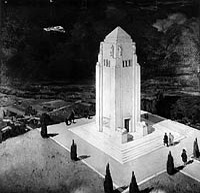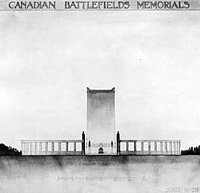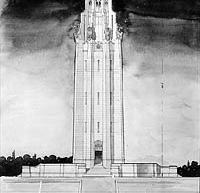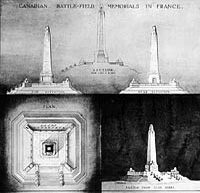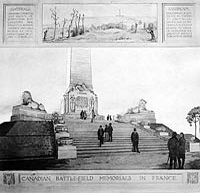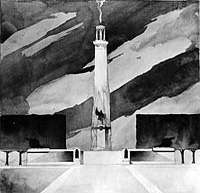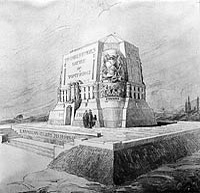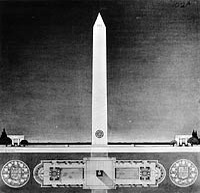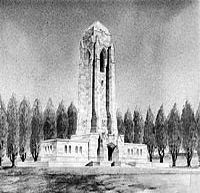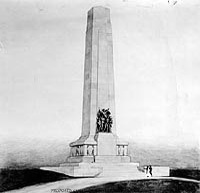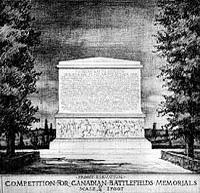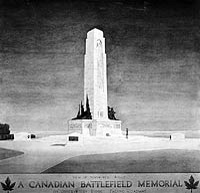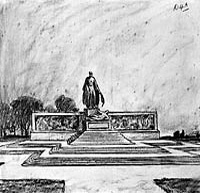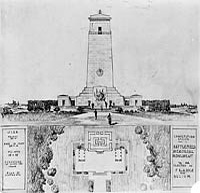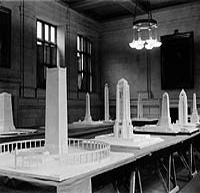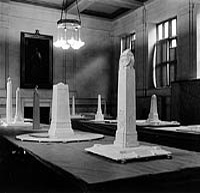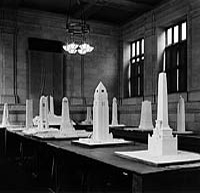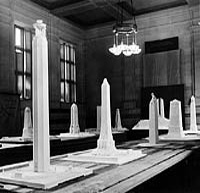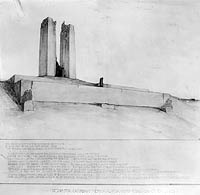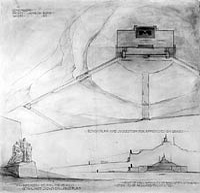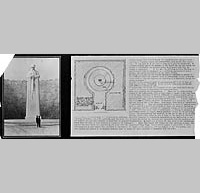Battlefield memorials of the First World War
Many Canadians gave their lives in Europe during the First World War. These battlefield memorial sites commemorate their sacrifice.
Background
A few months after the end of the First World War, it was agreed that Canada would be awarded eight battle sites for commemoration by the governments of Belgium and France as a sign of thanks for our help in liberating their countries. Each of these sites represented significant Canadian engagements. For that reason it was originally decided that each battlefield would be treated equally; all eight of them would be graced with identical monuments. With that in mind, the newly created Canadian Battlefields Memorials Commission launched a national architectural and design competition in December 1920.
A public contest was held in the early 1920s to select the design for the Canadian monuments and it was ultimately decided that the ambitious proposal submitted by Walter Seymour Allward would be chosen for Canada's primary First World War memorial at Vimy Ridge.
A second special memorial—the so-called "Brooding Soldier" designed by Frederick Chapman Clemesha—would be erected at St. Julien, while the remainder of the overseas sites would be marked by granite blocks situated within reflective garden landscapes.
Related information
The Trail of the Caribou – the Royal Newfoundland Regiment memorials
Following the First World War, five battlefield memorials were built in France and Belgium to commemorate Newfoundland’s accomplishments, contributions and sacrifices during the First World War.
Bulletin board
Find visitor centre hours of operation, contact information, and notices about events or maintenance at Government of Canada memorials in Europe.
Plan your trip
Advice and information to help you plan a trip to visit a memorial in Europe.
FAQs
Find answers to common questions about visiting memorials in Europe.
- Date modified:









